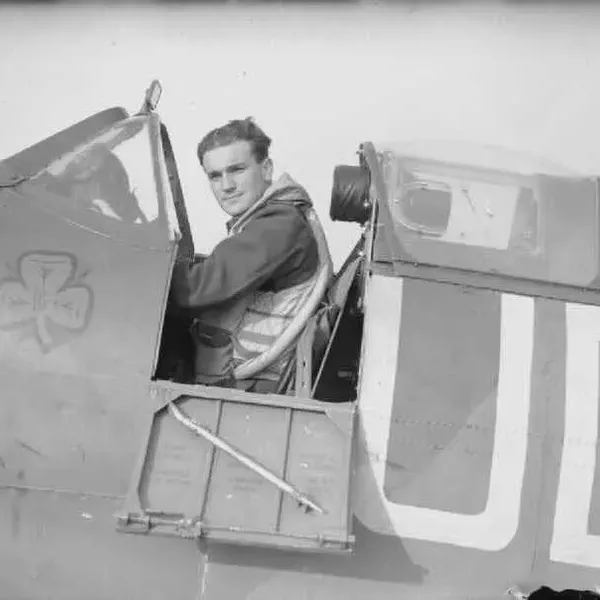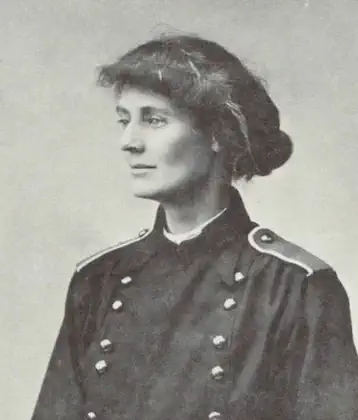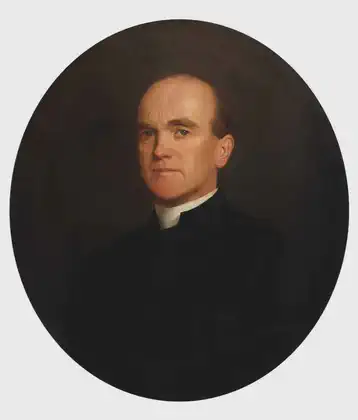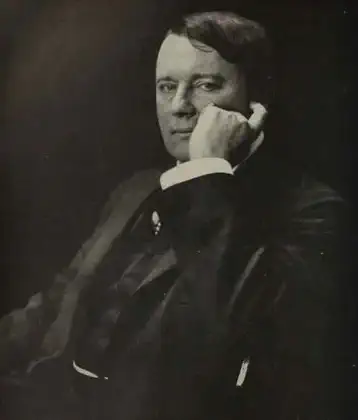On July 15, 1942 in Celtic History
Brendan eamonn fergus finucane, killed

Wing Commander Brendan Eamonn Fergus Finucane, DSO, DFC & Two Bars (16 October 1920 – 15 July 1942), known as Paddy Finucane amongst his colleagues, was an Irish Second World War Royal Air Force (RAF) fighter pilot and flying ace—defined as an aviator credited with five or more enemy aircraft destroyed in aerial combat.
Born into a Catholic family, Finucane grew up during the period also known as the “early troubles” and the Irish Civil War.
In 1936, the family moved to England, where he developed an interest in aviation. Finucane was keen to fly, applied to join the RAF and was accepted for training as a pilot in August 1938.
After a shaky training career, in which he crash-landed on one occasion, he received news that he had completed flight training.
In June–July 1940, he began conversion training on the Supermarine Spitfire. On 13 July, Finucane was posted to No. 65 Squadron at RAF Hornchurch.
Finucane’s first victory was scored on 12 August 1940 during the Battle of Britain. During the campaign, he was credited with two enemies destroyed, two probably destroyed and one damaged.
Promoted to acting flight lieutenant in April 1941, he joined No. 452 Squadron flying offensive patrols over France—known as the Circus offensive.
During this period, Finucane had his most successful period of operations, destroying 20 German aircraft, sharing in the destruction of three, with two damaged and another two probably destroyed from 4 January to 13 October 1941.
In January 1942, Finucane was promoted to the rank of squadron leader in No. 602 Squadron. Within six months, he was credited a further six individual victories bringing his tally to 28.
Four more were damaged, four were shared destroyed and two credited as individual probable victories and one shared probable.
In June 1942, he became the RAF’s youngest wing commander in its history. Finucane was appointed to lead the Hornchurch Wing.
On 15 July 1942, Finucane took off with his flight for a mission over France. His Spitfire was damaged by ground-fire. Finucane attempted to fly back to England across the English Channel but was forced to ditch into the sea and subsequently vanished.
After his death, Finucane’s brother Raymond served in No. 101 Squadron RAF and survived the war.
Finucane was credited with 28 aerial victories, five probably destroyed, six shared destroyed, one shared probable victory, and eight damaged.
Included in his total were 23 Messerschmitt Bf 109s, four Focke-Wulf Fw 190s and one Messerschmitt Bf 110. Official records differ over the exact total.
After the war, two of Finucane’s victories that were credited as probables had, in fact, been destroyed, but were not officially included. His total victory count could be as high as 32. Some sources credit him this figure.
More From This Day








